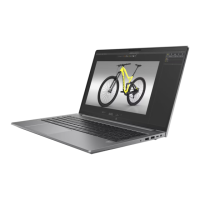Table 6-51 Issues, possible causes, and fixes (continued)
Items Procedures
Noisy fan Determine whether the noise comes from the fan. Disconnect the fan briefly to isolate
whether noise originates from fan. If noise is absent with fan disconnected, see Fan
runs constantly on page 125.
Noisy hard drive Determine whether the noise comes from the hard drive.
See Noisy hard drive on page 123.
Noisy optical drive 1. Determine whether the noise comes from an optical drive.
2. Remove CD/DVD from the optical drive.
Noisy speaker 1. Determine whether the noise comes from speaker.
2. Test with a verified working external headset/speaker.
Noisy display Determine whether the noise comes from display panel (humming noise). Change
display frequency settings. See Display on page 105.
The section below is intended for authorized service providers and technicians.
1. After disassembling the chassis, inspect components of the interior for excessive
wear or damage.
2. If noise issues persist, proceed with process of elimination for battery, AC adapter,
or boards.
Fan runs constantly
Use this information to troubleshoot a constantly running fan.
Table 6-52
Issues, possible causes, and fixes
Items Procedures
Symptoms
● Fan never stops running
● Generates heat
● Decreased computer
performance
Possible causes
● BIOS not up to date.
● Thermal condition (fan, air flow)—fan might not be defective but must run constantly
to remove excess heat generated by electrical components.
● Inappropriate configuration.
Troubleshooting steps
General actions
1. Verify whether BIOS is set to Fan Always on while on AC Power F10 Setup. When
booting the computer, press f10 to open Setup, and then select Advanced > Built-In
Device Options Menu.
2. Update BIOS and drivers (4. Update BIOS and drivers on page 73) and reset BIOS
to default. BIOS can implement new fan characteristics and updates for other
components.
3. Perform a hard reset (8. Hard reset on page 79). Performing a hard reset can reset
recorded thermal values in memory.
Fan runs constantly 125

